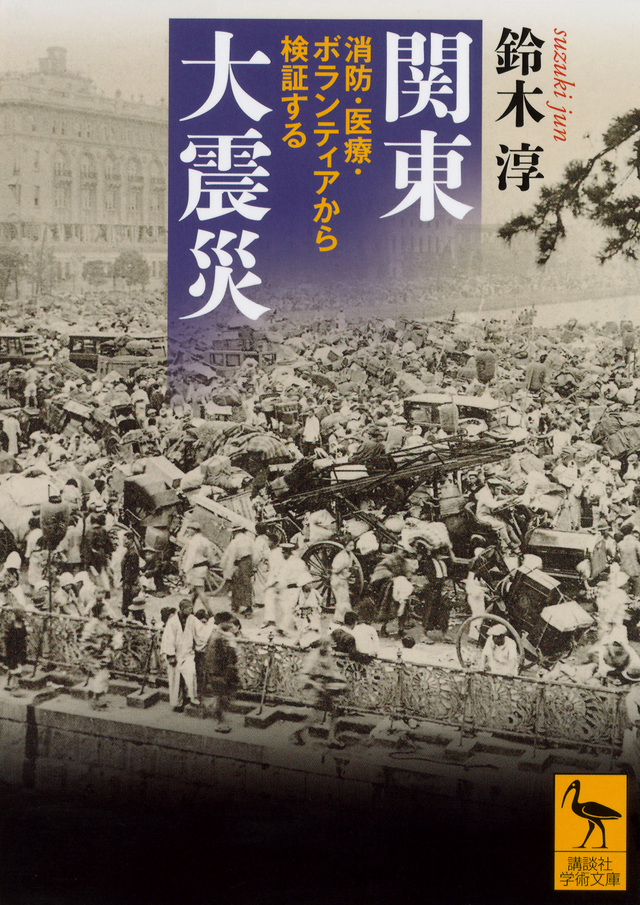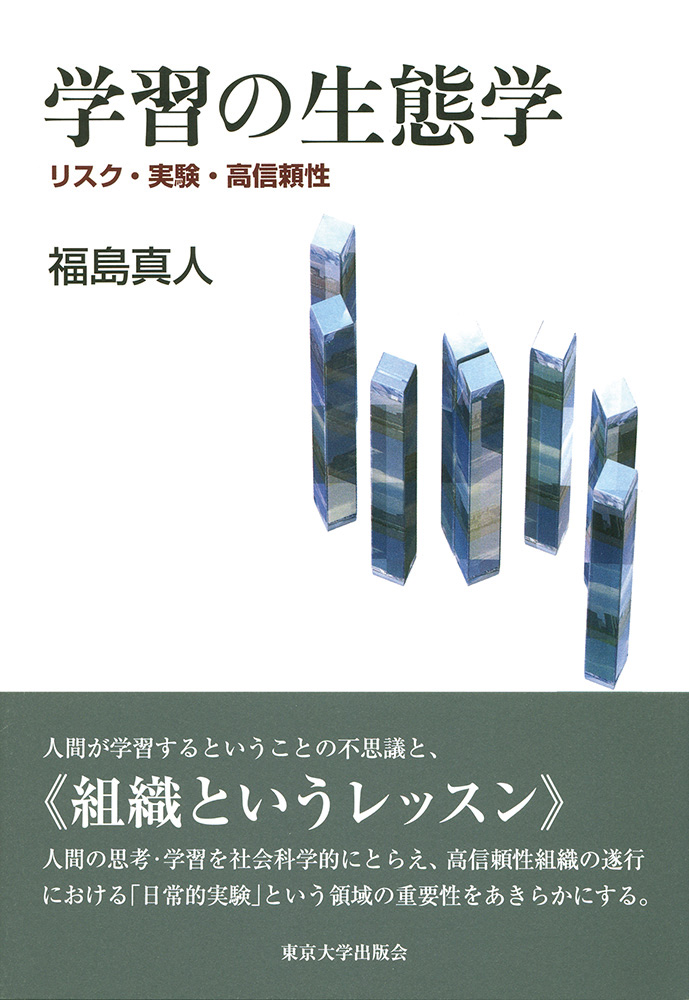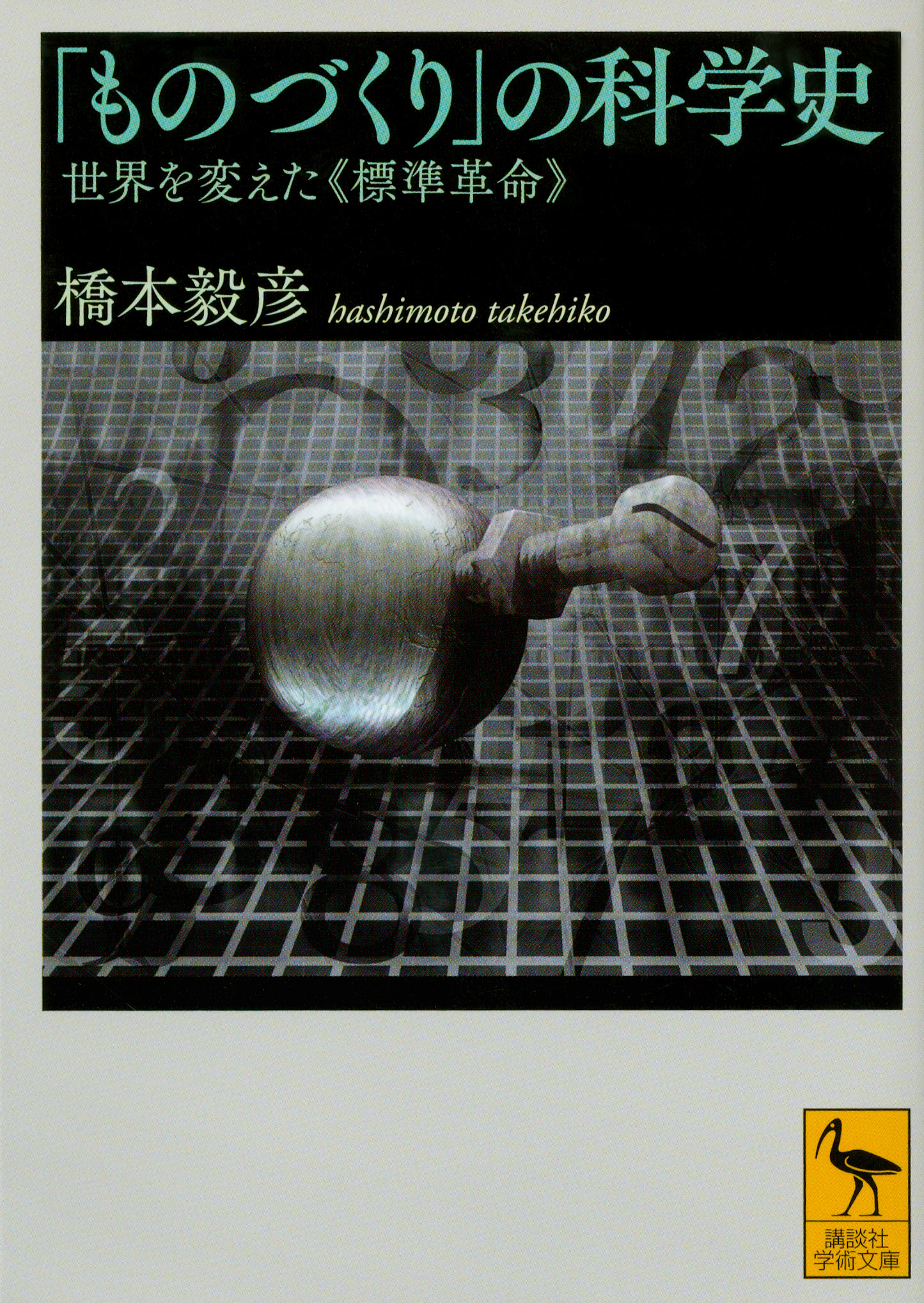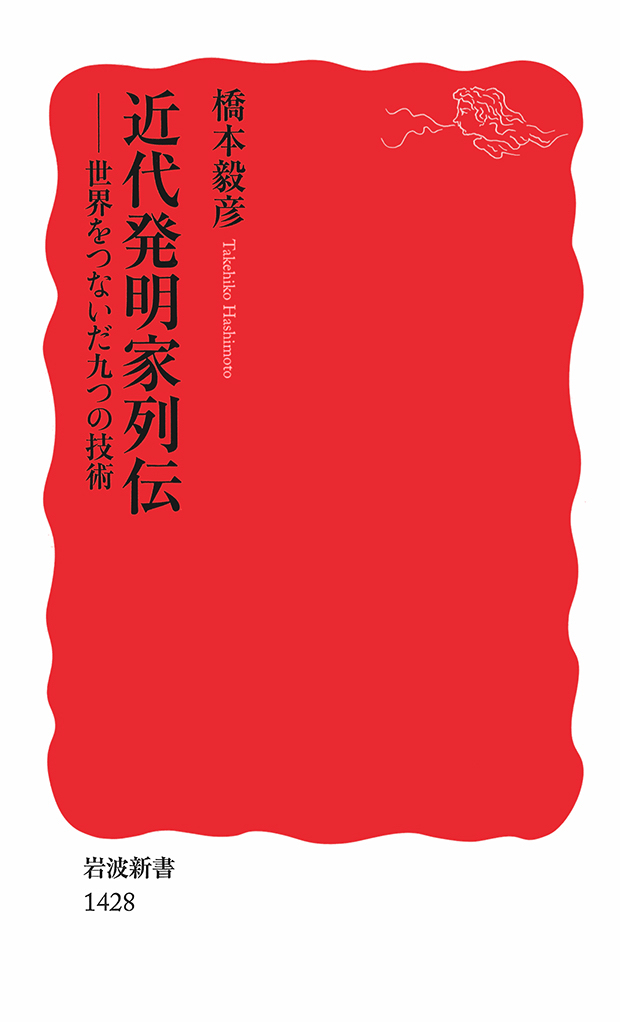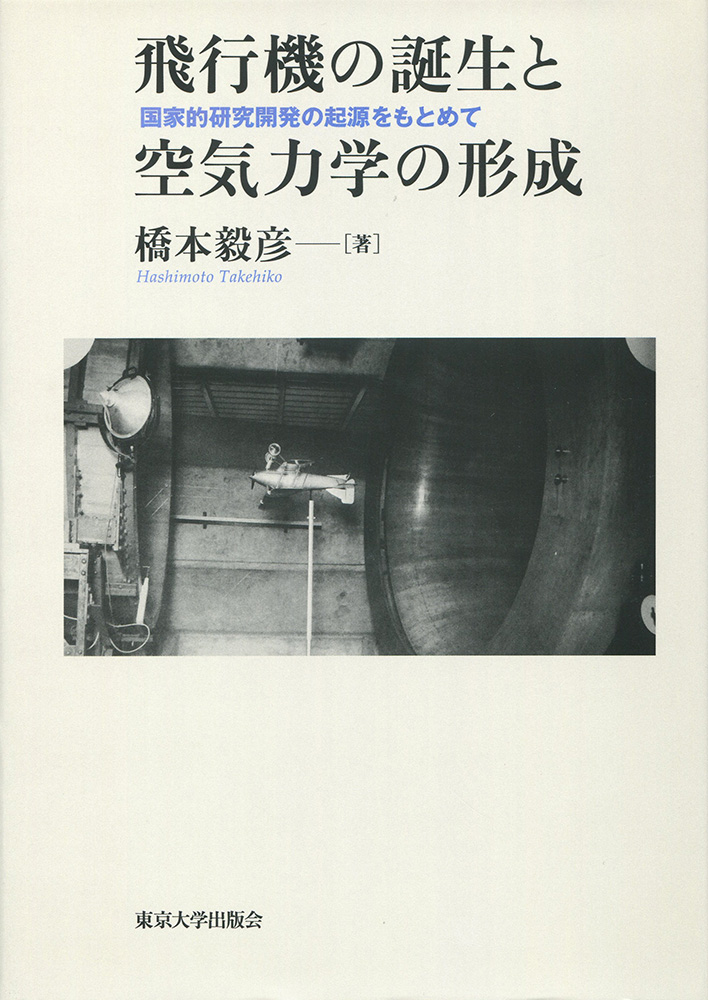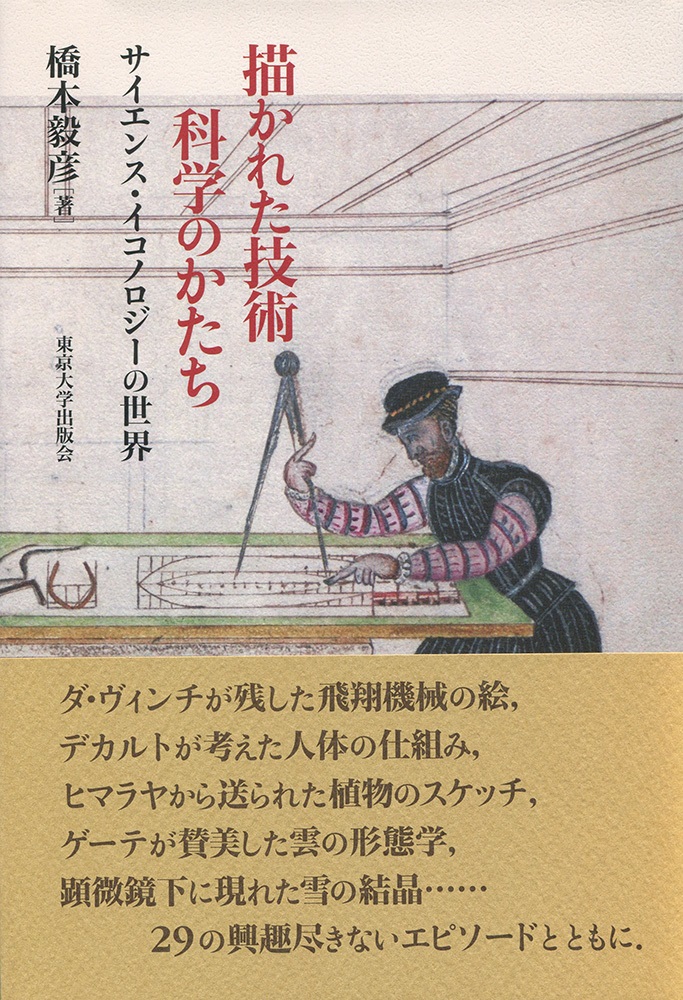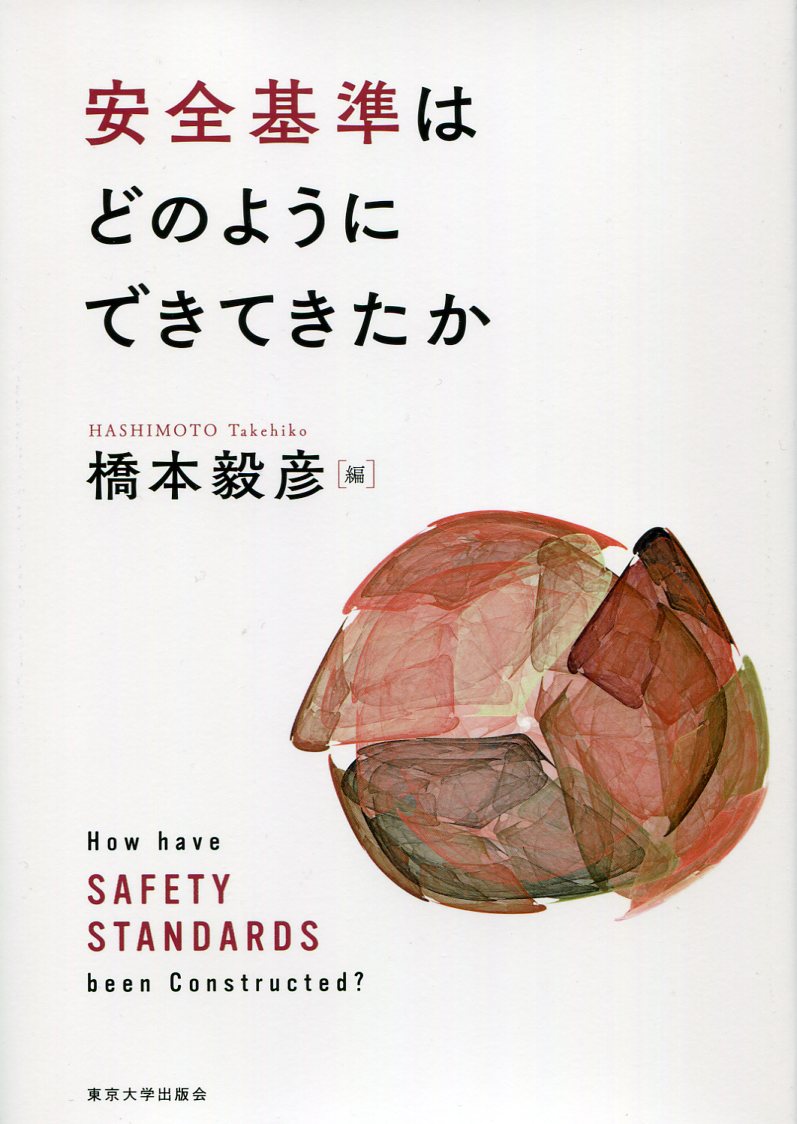
Title
Anzen Kijun wa Donoyouni Dekitekitaka (How have Safety Standards been Constructed?)
Size
368 pages, 127x188mm
Language
Japanese
Released
May 25, 2017
ISBN
978-4-13-063366-6
Published by
University of Tokyo Press
Book Info
See Book Availability at Library
Japanese Page
Present society is supported by technological systems. Power, water, transportation, communication, etc. These technological network systems daily work ceaselessly; for their safe and smooth operation, various technical and social protocols and standards have been determined. Of them, there are sets of safety standards which are defined on the basis of technological calculations and considerations.
When the aircraft emerged at the turn of the 20th century, it was recognized as an urgent issue to guarantee the safety of the aircraft when it became a practical method of transportation rather than experimental trails of inventors. Airships began to fly over foreign lands including populated area. They soon realized the potential danger of liberal flights of these airships and other aircraft. What casualty would be brought about if they fell on the grounds? Who would be responsible in order to avoid such accidents? Who and how could the safety of the aircraft be guaranteed? For the purpose of guaranteeing the safe air transportation, the certification of the safety of aircraft itself is important. But they had to take into consideration, they became aware, the physical conditions of pilots on board, the meteorological conditions along the flight routes, and so forth. They had to determine all the conditions of the elements relating to the air transportation, and they had to do so through the international agreements by technical experts representing each nation.
This book explains aspects of the historical processes and backgrounds of the determination of these safety standards in several technological and medical fields. It covers the following cases: air and marine transportation, fire prevention, water management, electric power, chemicals, medical equipment and so forth. The way of analysis and explanation varies from chapter to chapter. The chapter on ship navigation is written by a historian of insurance industry, who examines the history from the perspective of insurance companies. The chapter on fire prevention is written by an engineer and a historian. The current expert makes clear that the postwar research of fire prevention engineering led to the spatial arrangement of fire stations in a city in order to avoid the spread of fire after its eruption, and that this spatial arrangement is based on a very clear and specific quantitative standard for fire-fighting action. Another chapter is written by an expert who has a long-time experience at the International Organization for Standardization. He provides an explanation about the recent trend of decision-making processes of standard setting.
The contemporary society is supported by large technical systems whose operations are maintained by setting various technical standards and procedural protocols. The last chapter attempts to expound this situation surrounding the technological systems.
The book is an outcome of the collaborative project supported by the Grant-in-Aid for Scientific Research of the Japanese Society for the Promotion of Science.
(Written by HASHIMOTO Takehiko, Professor, Graduate School of Arts and Sciences / 2018)



 Find a book
Find a book


